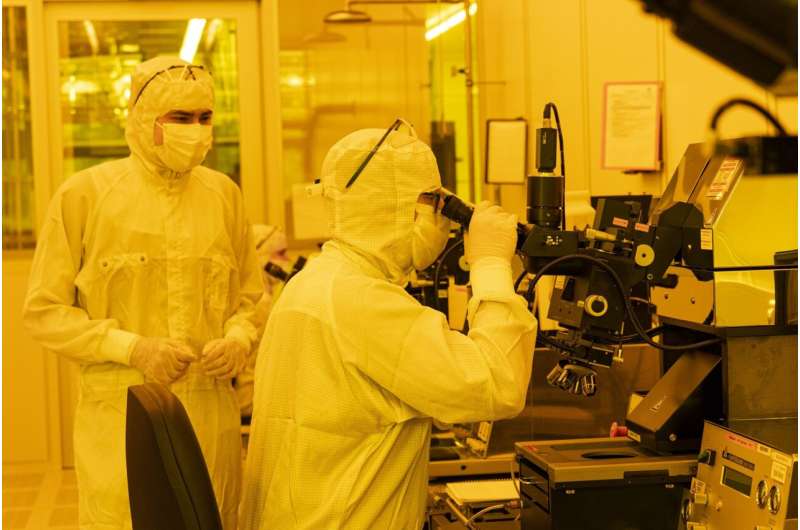Scientists at Forschungszentrum Jülich have fabricated a new transistor using germanium-tin alloy that has several advantages over conventional switching elements.

Moore’s Law states that the number of transistors on a chip doubles every two years, which has been true for the past 70 years. However, the circuits have become smaller, and this trend may only continue for a while. Structures are 2-3 nm, similar to 10 atoms’ diameter, reaching the feasibility limits and can’t get much smaller.
Scientists at Forschungszentrum Jülich have fabricated a new transistor using germanium-tin alloy, with advantages over standard switches. The material allows faster charge carrier movement than silicon or germanium, leading to lower operating voltages. The transistor is a promising choice for low-power, high-performance chips and quantum computers. The researchers seek an alternative to silicon with better electronic properties to achieve the same performance with larger structures.
The researchers are studying germanium, which was used in early computers for its faster electron movement. They added tin atoms to the crystal lattice to enhance its electronic properties. The researchers believe that germanium-tin can overcome silicon’s limits. In experiments, the germanium-tin transistor showed 2.5 times higher electron mobility than pure germanium. The germanium-tin alloy works with current chip fabrication methods and can be easily integrated into silicon chips as it is in the same main group as silicon.
High potential for the computers of the future
Germanium-tin transistors could aid quantum computers. Integration of control electronics on the quantum chip is being explored, and germanium-tin may outperform silicon in these cold conditions. According to the researchers, finding a semiconductor that can switch quickly at low voltages and temperatures is challenging. The switching curve of silicon flattens below 50 Kelvin, requiring high voltages and leading to quantum bit failure. Germanium-tin performs better, with measurements down to 12 Kelvin, and could be used at even lower temperatures. The germanium-tin transistor is a step toward optical on-chip data transmission, which is faster and more energy-efficient than electrical conductors. While optical transmission is standard in data networks, micro- and nanoelectronics still rely on electrical transmission.
The germanium-tin laser allows for optical data transmission on a silicon chip. Combining it with the germanium-tin transistor offers a potential solution for integrating nanoelectronics and photonics on a single chip.
Reference : Mingshan Liu et al, Vertical GeSn nanowire MOSFETs for CMOS beyond silicon, Communications Engineering (2023). DOI: 10.1038/s44172-023-00059-2








